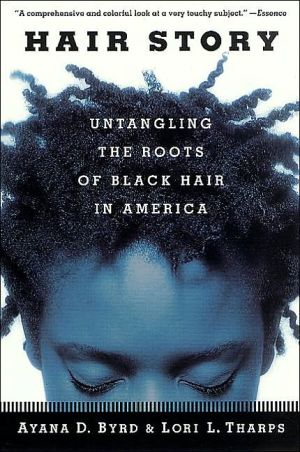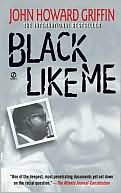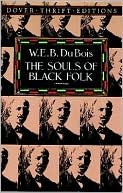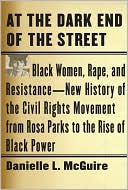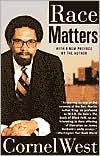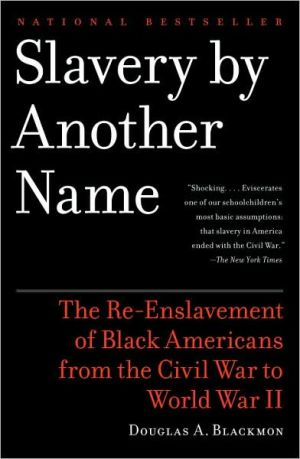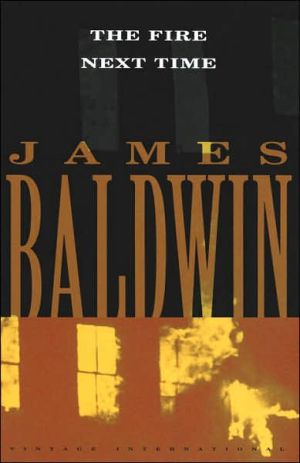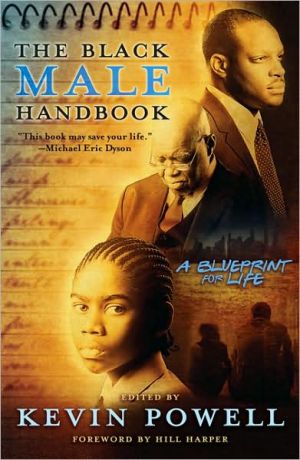Hair Story: Untangling the Roots of Black Hair in America
Two world wars, the Civil Rights movement, and a Jheri curl later, Blacks in America continue to have a complex and convoluted relationship with their hair. From the antebellum practice of shaving the head in an attempt to pass as a "free" person to the 1998 uproar over a White third-grade teacher's reading of the book Nappy Hair, the issues surrounding Black hair linger as we enter the twenty-first century.\ Tying the personal to the political and the popular, Hair Story takes a...
Search in google:
An entertaining, historical, and anecdotal exploration of the history of black hair in America from Africa to the present. Hairstory explores the complex cultural, political, economic, religious, and personal issues surrounding Black women and their hair. It reads as a timeline and includes profiles of major figures such as Madam C. J.Walker, who created a shampoo press and curl method for straightening hair, and other notable personalities. Interviews featuring both black and white americans document the generational shifts in attitudes towards hair styles such as the afro, braids, weaves, and dreadlocks. The authors bring their own unique and dynamic viewpoints to the subject, and expose the myths, secrets, perceptions and emotions of the love/hate relationship Black women have with their hair.About the Author:Ayana Byrd holds a bachelors degree in political science from Barnard College. She has worked as a research chief for Vibe magazine and done freelance writing for Rolling Stone and InStyle magazine. She lives in Brooklyn, New York. Lori A. Tharps attended Smith College and received a master's degree from Columbia University School of Journalism. She is currently a reporter for Entertainment Weekly magazine. She lives in Brooklyn, NewYork.Publishers WeeklyWhether it's hip-hop diva Lil' Kim's "weave of the week" or activist Angela Davis's Afro, black hair evinces the power to set trends and define icons. In this entertaining and concise survey, Byrd (a research chief for Vibe) and Tharps (a reporter for Entertainment Weekly) revel in the social, cultural and economic significance of African-American hair from 1400 to the present. The opening chapter chronicles the rise of the slave trade, revealing intriguing facts about the significance of hair in African culture--such as that only royalty donned hats or hairpieces, and recently widowed Wolof women stopped maintaining their hair as a sign of their mourning. The authors contextualize issues familiar to African-Americans while explaining black hair culture to the uninformed, so readers who don't already know what "the kitchen" refers to (hair at the nape of the neck, usually the "nappiest") will soon find out. Photos and illustrations are put to effective use, though amusing charts such as "Five Famous Men with Equally Famous Hair" and the "Black Hair Glossary" are out of sync with the text. Meanwhile, significant figures, like Madame C.J. Walker and Nathaniel "The Bush Doctor" Mathis, are revisited in detail in various chapters, resulting in unnecessary repetition. But these are small quibbles with a book that successfully balances popular appeal with historical accuracy, adeptly exploring the roots of pervasive intraracial discrimination while explaining, for example, how the much-maligned Jheri Curl ever became a fad. Agent, Marie Brown. (Feb.) Copyright 2000 Cahners Business Information.
\ From the Publisher"[An] entertaining and concise survey . . . A book that successfully balances popular appeal with historical accuracy."—Publishers Weekly\ "Taps into the art and history of how Black hair is perceived in America in a way that will no doubt be relevant for generations to come."—The Source\ "Hair Story presents an absorbing rendition of American history told through Black hair. In prose that is both humorous and haunting, the authors manage to bring vividly to life a subject most would consider inconsequential. After reading this comprehensive tale, people will walk away with a whole new appreciation for Black hair and all of its wonder and power."—Lloyd Boston, author of Men of Color: Fashion, History, Fundamentals\ "From antiquity to the present day, Black hair has been both ornamentation and a medium of artistic expression. At the same time, its changing political and cultural values have often mirrored the current social climate. Hair Story, in documenting our natural hair's beauty and capacity for communication, brings to life and infuses with historical relevance this unique slice of Americana."—Harriette Cole, author of Jumping the Broom and How to Be\ "[This book combines] keen historical insight with pop-cultural anecdotes."—Entertainment Weekly\ "A comprehensive and colorful look at a very touchy subject."—Essence\ \ \ \ \ \ Publishers Weekly - Publisher's Weekly\ Whether it's hip-hop diva Lil' Kim's "weave of the week" or activist Angela Davis's Afro, black hair evinces the power to set trends and define icons. In this entertaining and concise survey, Byrd (a research chief for Vibe) and Tharps (a reporter for Entertainment Weekly) revel in the social, cultural and economic significance of African-American hair from 1400 to the present. The opening chapter chronicles the rise of the slave trade, revealing intriguing facts about the significance of hair in African culture--such as that only royalty donned hats or hairpieces, and recently widowed Wolof women stopped maintaining their hair as a sign of their mourning. The authors contextualize issues familiar to African-Americans while explaining black hair culture to the uninformed, so readers who don't already know what "the kitchen" refers to (hair at the nape of the neck, usually the "nappiest") will soon find out. Photos and illustrations are put to effective use, though amusing charts such as "Five Famous Men with Equally Famous Hair" and the "Black Hair Glossary" are out of sync with the text. Meanwhile, significant figures, like Madame C.J. Walker and Nathaniel "The Bush Doctor" Mathis, are revisited in detail in various chapters, resulting in unnecessary repetition. But these are small quibbles with a book that successfully balances popular appeal with historical accuracy, adeptly exploring the roots of pervasive intraracial discrimination while explaining, for example, how the much-maligned Jheri Curl ever became a fad. Agent, Marie Brown. (Feb.) Copyright 2000 Cahners Business Information.\ \
